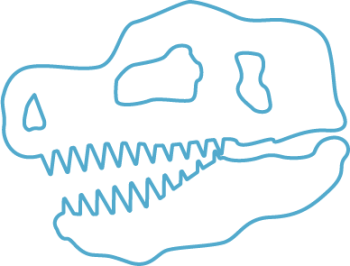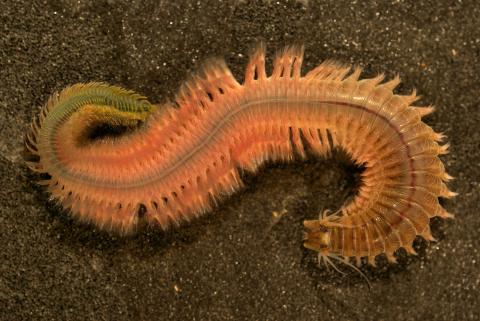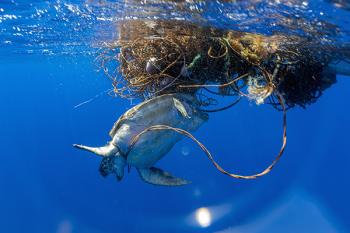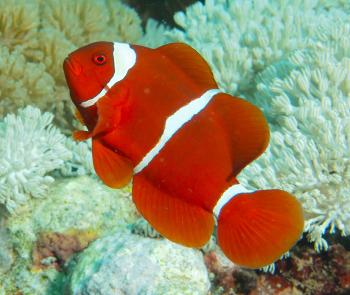Earthworms are generally good for gardens and agriculture because they “turn” the soil, let more air and water flow through the soil and leave behind organic matter. More at University of Illinois Extension: Can't Live Without Me.
But not all earthworms are good for the soil in forests—it depends. The earthworms in most states north of Pennsylvania are invasive species brought by Europeans. They may be good for garden soil, but they’re not good for forests that evolved with other organisms that play the same role. Read more at Smithsonian Environmental Research Center: Earthworm Invaders. Some agricultural extensive services recommend not adding worms to your soil because they are invasive.
Invasive Earthworms known as “jumping worms,” are damaging ecosystems in this country. Also see this article. Unlike other earthworms, these earthworms live and feed near the surface of soil. In forests they quickly consume all of the leaf litter and change the upper soil with their castings. This has repercussions for everything in the ecosystem from insects to birds and plants. Read about the research our Featured Scientist, Damhnait McHugh is doing on those crazy jumping worms.
When stressed, aquatic Earthworms gather into worm blobs and wiggle to safety. Their behavior may even teach us something useful.
Several kinds of annelids are used as bait to catch fish.
Medicine
Scientists have been looking to invertebrates to find a glue that can work in the wet environment of the human body. They think they may have found the answer: the polychaete, Phragmatopoma, that lives in large colonies, building tubes by cementing sand grains together.
Leeches have played a role in medicine for thousands of years. They fell out of favor, but are still used in some specialized surgery where blood flow is needed. Read more from Nature: Leech Therapy.






















